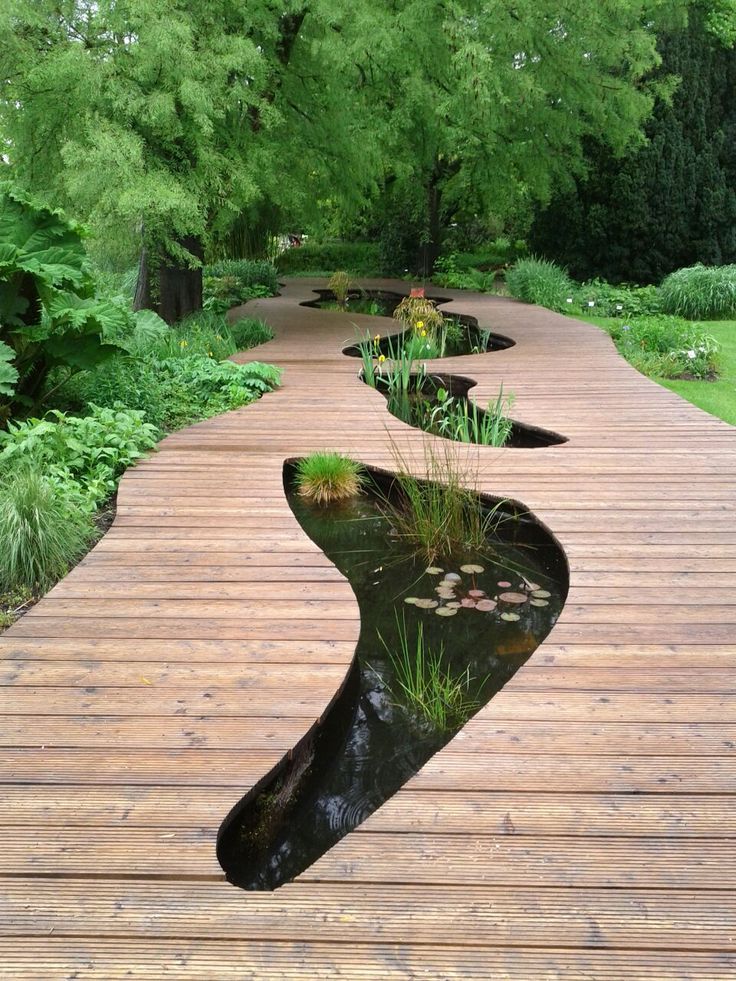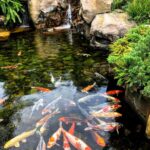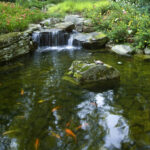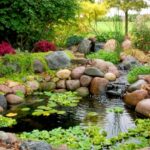Pond design is an important aspect of creating a beautiful and functional outdoor space. Whether you are considering adding a pond to your backyard or revamping an existing one, there are several key elements to keep in mind in order to achieve a successful design.
One of the first things to consider when designing a pond is its location. It is important to choose a spot that receives adequate sunlight for any aquatic plants you may want to include, but also has some shade to prevent excessive algae growth. Additionally, consider the proximity to trees and shrubs that may shed leaves or attract wildlife that could disrupt the pond ecosystem.
The shape and size of the pond are also important factors to consider. A pond that is too small may not adequately support aquatic life, while one that is too large could require more maintenance and resources than you are willing to commit. Additionally, the shape of the pond should complement the overall design of your outdoor space and allow for easy circulation of water and nutrients.
Another key consideration in pond design is the depth of the pond. Different aquatic plants and wildlife require varying depths of water to thrive, so it is important to create a variety of depths within the pond to accommodate a diverse range of species. Additionally, a deeper pond may be more resistant to temperature fluctuations and evaporation.
The materials used in constructing the pond can also have a significant impact on its overall design. Natural materials such as rocks, gravel, and native plants can help create a more organic and harmonious look, while synthetic materials like liners and pumps can provide greater control over water flow and maintenance. It is important to choose materials that are durable, environmentally friendly, and in keeping with the overall aesthetic of your outdoor space.
Finally, consider adding additional features to enhance the design and functionality of your pond. Waterfalls, fountains, and bridges can add visual interest and create a more dynamic and engaging space. Additionally, incorporating a variety of aquatic plants, fish, and other wildlife can help create a balanced and thriving ecosystem. By carefully considering these key elements in pond design, you can create a beautiful and functional outdoor space that will be enjoyed for years to come.
















